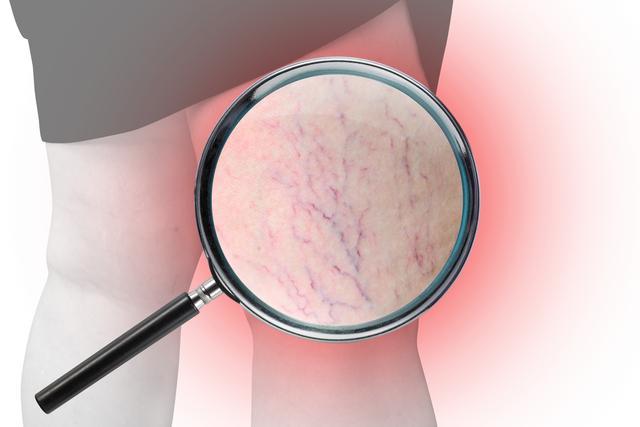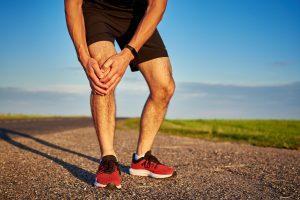Varicose veins are a common condition caused by weak or damaged vein walls and valves. Varicose veins are abnormal blood vessels that typically develop in your legs and feet. They are the infamous bulging, twisted clusters of blue or purple veins most of our grandparents complain of often. Faulty valves and increased pressure in your legs can cause vessel walls to weaken and veins to swell and protrude.
How serious are Varicose Veins
Varicose veins typically aren’t life-threatening or limb-threatening. Having varicose veins may increase your risk of developing deep vein thrombosis or a pulmonary embolism. “They generally don’t increase your chance of deep vein thrombosis (DVT) or developing blood clots, which is what many people worry about.” says Dr. Lu.
Varicose veins are more likely to develop as you age, but if you have weakened valves, you can get varicose veins as early as your teens. They’re relatively common — some estimates say between 30% and 50% of adults may develop them. As a person ages, their likelihood of developing varicose veins increases.
What causes varicose veins
Primary causes include a family history of varicose veins, obesity, a job that requires a lot of standing, pregnancy, birth control pill use, restrictive clothing, and hormone replacement therapy.
The stages of varicose veins
The mild form of varicose veins is spider veins, characterized by small, reddish-purple veins visible on the legs, ankles, neck, face, and other areas.
In the next stage, the veins are enlarged and accompanied by itching, burning, or numbness along the veins themselves and by tired, weak, or achy legs. Doctors recommend that this is the right stage for treatment. The following stages typically have swelling, skin changes, and discoloration, such as reddish-brown or white, and take on a more leathery texture that leaves it brittle and prone to injury. In the acute stages, injuries to the skin and leg ulcers refuse to heal even with treatment and can leave your legs covered with bleeding and open sores.

Tips to prevent varicose veins
Doctors strongly suggest living an active, healthy lifestyle. Healthcare providers recommend many of the same measures to prevent and treat varicose veins:
- Avoid long periods of standing and take regular breaks to stretch and walk around, especially if you have a job that requires you to be on your feet.
- Elevate your legs and raise your feet above your waist to help blood flow to your heart.
- Maintain a healthy weight because excess pounds add pressure to your blood vessels.
- Quit tobacco use as smoking damages blood vessels, decreases blood flow, and causes many health problems.
- Compression stockings such as support socks and pantyhose compress your veins and help blood circulate, preventing varicose veins from worsening.
- Wear clothes that fit right and are not too tight around your waistband
While there isn’t a cure for varicose veins, treatments such as injection therapy (sclerotherapy), laser therapy, and minimally invasive vein surgery can reduce their appearance and relieve discomfort. Consult your doctor for the right course of treatment!






